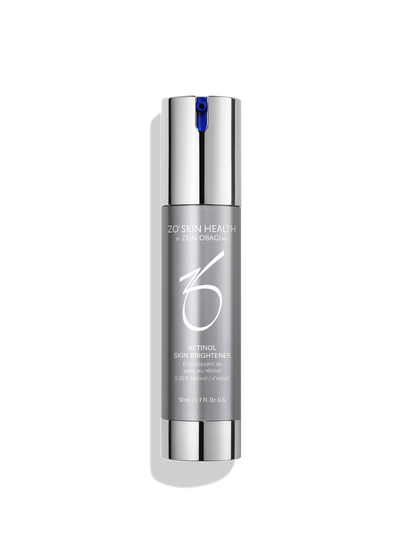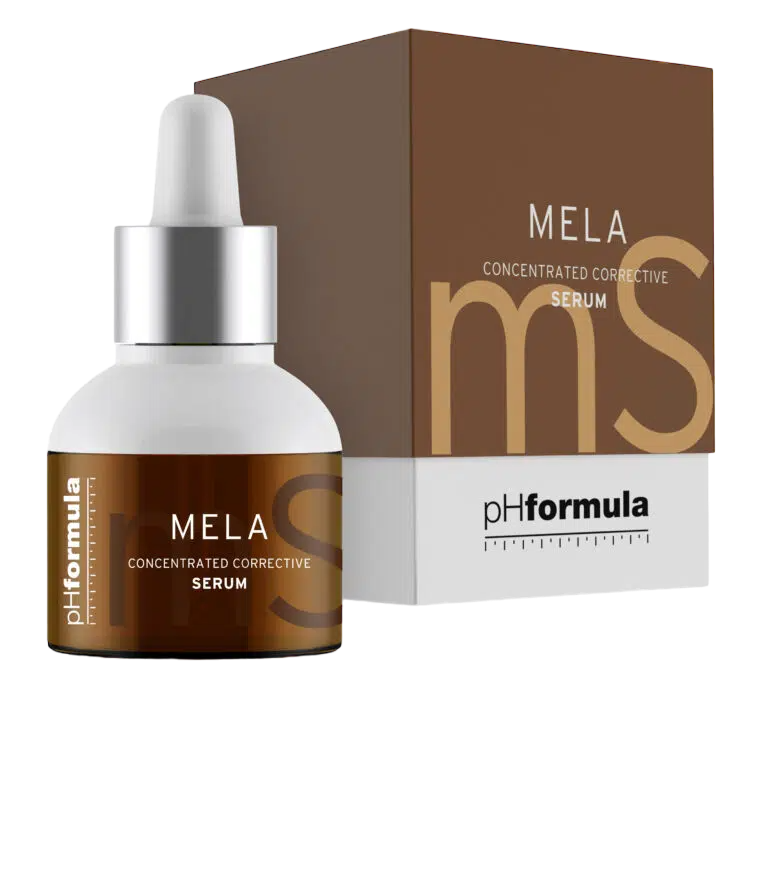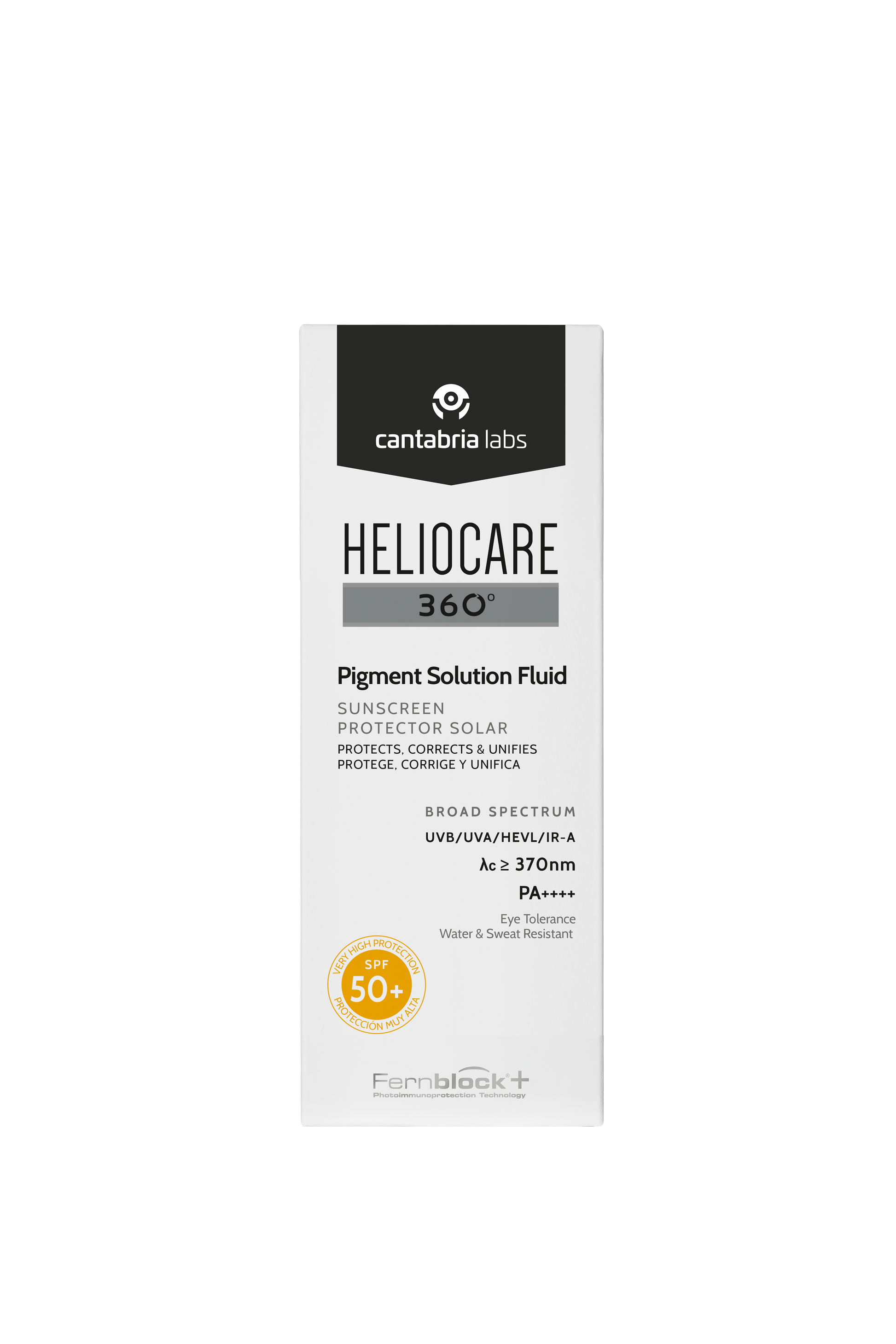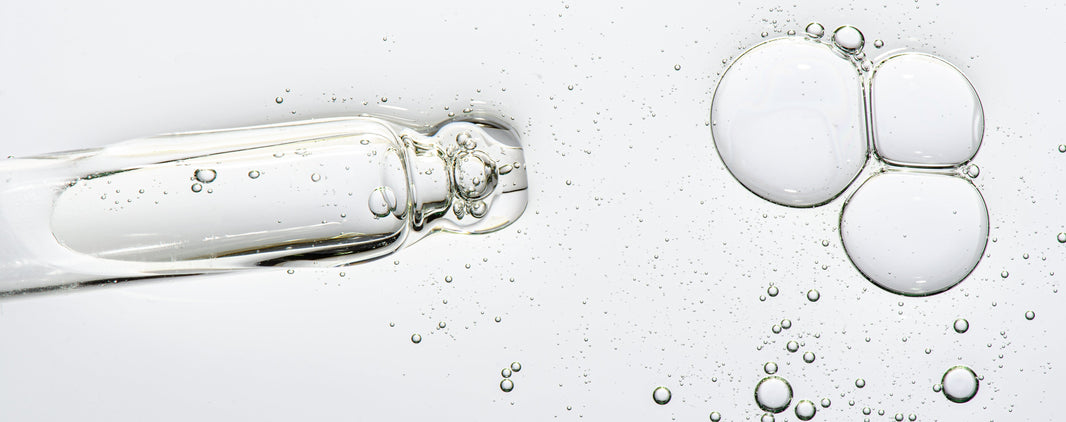Sidra Imtiaz is a freelance journalist and PR, specialising in diversity and always on the lookout for the next best thing in beauty - from famous names to niche under the radar finds.
Skin discolouration can show up on the face and body in a huge variety of ways. Whether it is dark patches, sun spots or marks from breakouts, most of us are familiar with trying to shift the appearance of skin that is suddenly a different colour, but don’t always know the cause.
With thousands of monthly Google searches for pigmentation - particularly with the warmer weather leading to fears around sun damage, it is important to educate ourselves on the difference between melasma, post inflammatory hyperpigmentation, dark spots and age spots. All of these concerns have varying causes and treatments, but can often be used interchangeably making it hard to identify what kind of skin discolouration you have and how best to treat it. But fear not, we called in a fellow skin expert to talk us through the different types of hyperpigmentation.
What is Hyperpigmentation and Melasma?
Dr Christine Hall, GP, Emergency Medicine Doctor and Aesthetic Physician tells us, “Hyperpigmentation is an umbrella term for areas of skin that become darker than the surrounding tissue due to an overproduction of melanin. It can occur in various forms, each with distinct causes and characteristics.”
The most common types of hyperpigmentation include melasma, which is a hormonal issue that shows up in symmetrical discolourations on the face and can regularly recur over time. There is also post inflammatory, which can appear following inflammation of the skin which can stem from breakouts, eczema or minor injury such as insect bites. This is common on deeper skin tones, and can be triggered especially by picking at breakouts and not allowing them to heal fully. As well as this, there are sun spots, which true to their name, come from regular UV exposure and can show up on the chest, hands and face.
Who Does Hyperpigmentation Affect?
Although pigmentation can affect anyone, Dr Hall tells us “People with Fitzpatrick skin types III to VI (so typically olive to deeper skin tones) are more likely to develop conditions like post-inflammatory pigmentation and melasma. That’s because they naturally have more active melanocytes (the cells that produce pigment), so their skin responds more intensely to things like inflammation or sun exposure.” She also mentions that women of a reproductive age are more impacted by hormonal fluctuations, often triggered by pregnancy and contraception making them more prone to melasma. However, many other factors such as sun exposure, genetic predisposition and stress can cause hyperpigmentation in the skin.
How Is Hyperpigmentation Treated?
According to Dr Hall, for any type of hyperpigmentation, “Consistency is everything and daily use of a broad-spectrum SPF 50+ is absolutely non-negotiable, as UV and visible light will trigger pigment production.” Protecting skin is essential as not only does it prevent further damage, but it also means skin is able to focus on repairing itself rather than combating external aggressors and damage from UV.
Sun damage responds well to retinoids as it is superficial, and post-inflammatory hyperpigmentation healing can be sped up by focusing on the skin barrier. Melasma, on the other hand, needs to be treated with caution as stronger actives and lasers run the risk of triggering further pigmenting of the skin. This is where you’d benefit from seeing an expert for their professional medical insight. Generally, she recommends antioxidants such as Vitamin C, as well as tyrosinase inhibitors such as tranexamic acid, niacinamide and azelaic acid.
- Vitamin C: A powerful antioxidant, this can help prevent further damage from environmental factors and also brighten for an overall more even complexion.
- Tranexamic Acid: This is an antifibrinolytic that prevents the breakdown of blood clots to regulate excessive bleeding. In skincare, or orally taken, it also inhibits melanocytes which are the cells that produce pigmentation in the skin, making it a hero for melasma.
- Niacinamide: Also known as Vitamin B3, Niacinamide can boost ceramide production which is essential for a healthy skin barrier. It also regulates oil production, so reduces breakouts leading to a smoother skin texture overall.
- Azelaic Acid: This is a dicarboxylic acid that works by reducing bacteria and encouraging cell turnover. Suited for even sensitive skin types, it decreases melanin production.
- Retinoids: These vitamin A derivatives accelerate cell turnover, encouraging existing hyperpigmentation to fade quicker. They also increase collagen production for healthier skin.
- Alpha Arbutin: Naturally derived from cranberry, bearberry and pear leaves, Alpha Arbutin is generally tolerated well by most skin types and helps to promote an even skin tone and fade existing dark spots.
One of the main things to remember is that every case is different and lifestyle and background can play a huge factor in how pigmentation shows up on the skin. Whilst shifting it is possible, prevention should be prioritised as it is a skin condition that can and does recur.
For many of us, even with regular SPF usage and a dedicated skincare routine, pigmentation can continue to prevail. This is where expert advice is recommended above everything else - a good dermatologist will be able to look at a myriad of factors before determining a well informed plan on tackling individual cases.
Skin Pharmacy Recommends
Targeted Treatments
SkinBetter Eventone Correcting Serum
Suitable for all skin types, including normal, dry, oily, combination, sensitive, and acne-prone skin. Its lightweight, non-hydroquinone, non-retinol formula is designed to target hyperpigmentation, brown patches, sun damage, and discoloration while being gentle enough for daily use across diverse skin types.
SkinCeuticals Discolouration Defense
SkinCeuticals Advanced Brightening UV Defense SPF 50, with 1% tranexamic acid and 2% niacinamide, reduces melasma and hyperpigmentation while protecting against UV-induced discolouration.
ZO Retinol Skin Brightener
Suitable for normal, oily, combination, and acne-prone skin types. This gentle 0.25% retinol formulation targets hyperpigmentation and uneven skin tone while promoting cell turnover. It may be too potent for very sensitive or dry skin unless gradually introduced with proper hydration support.
pHformula | MELA Concentrated Corrective Serum
pHformula MELA Concentrated Corrective Serum is suitable for all skin types, including normal, dry, oily, combination, and those with concerns of aging. Its fragrance-free formula, with active ingredients like 4-butylresorcinol, tetrapeptide-30, and hyaluronic acid, targets uneven skin tone while providing hydration.
ALASTIN Skincare | A-LUMINATE Brightening Serum (50ml)
Alastin A-Luminate Brightening Serum is suitable for all skin types, including normal, dry, oily, combination, sensitive, and acne-prone skin. Its non-irritating, hydroquinone-free, and retinol-free formula, featuring PATH-3 Technology, tranexamic acid, and niacinamide, minimises hyperpigmentation and skin discolouration while being gentle enough for daily use, even on sensitive skin or rosacea.
Obagi | Obagi C Fx Clarifying Serum (30ml)
Obagi-C Fx C-Clarifying Serum (30ml) is suitable for all skin types, including normal, dry, oily, combination, and sensitive skin. Its non-comedogenic, hydroquinone-free formula with 4% arbutin and 10% L-ascorbic acid (Vitamin C) minimises hyperpigmentation and brightens skin without clogging pores or causing irritation.
ZO Brightalive
ZO Skin Health Brightalive Skin Brightener is suitable for all skin types. Its non-retinol, non-hydroquinone formula, with a skin-brightening complex, papain, and glycerin, gently fades dark spots and evens skin tone while hydrating and soothing irritation.
ALLSKIN MED | Pigmentation Control Serum (50ml)
ALLSKIN MED’s triple-action formula, with retinoids, kojic acid, niacinamide, salicylic acid, and hydrators, targets hyperpigmentation while providing gentle exfoliation and hydration, making it ideal for diverse skin concerns like dullness, photo-damage, and uneven tone. Very sensitive skin should start with a patch test due to active ingredients like retinol and salicylic acid.
Sunscreen
Heliocare 360° | Pigment Solution Fluid (50ml)
For all skin types, including normal, dry, oily, combination, and sensitive skin. Its ultra-light, non-comedogenic, water-resistant formula with Fernblock® technology, niacinamide, and ellagic acid is designed to prevent and correct hyperpigmentation while providing broad-spectrum protection.
If you have any specific questions, speak to our experts - for free. Book an appointment online here. Alternatively, email hello@skinpharmacy.com or call us on 020 3070 3833 or 07522 002050.
















